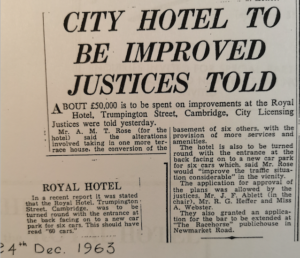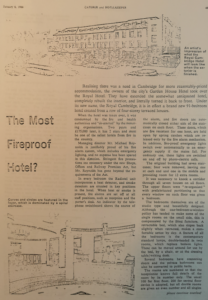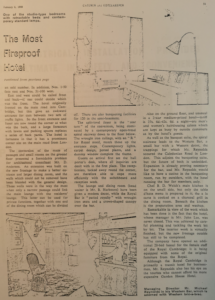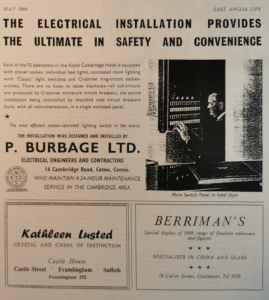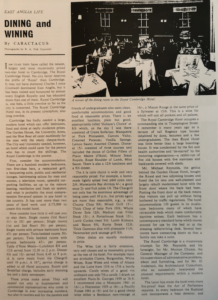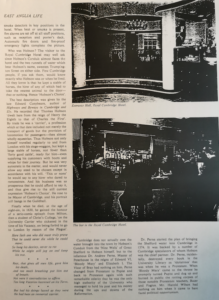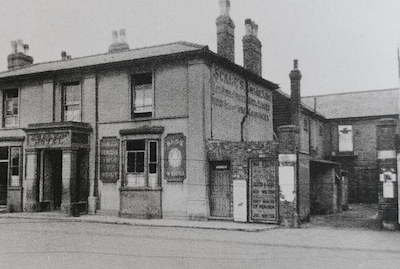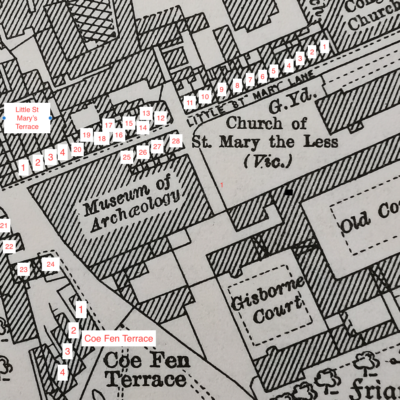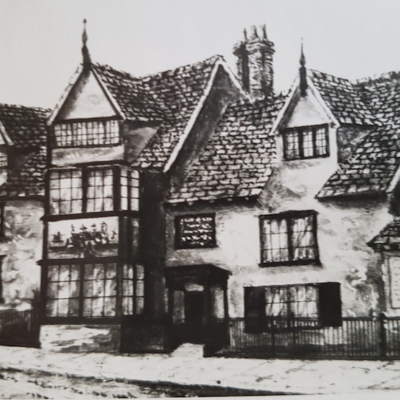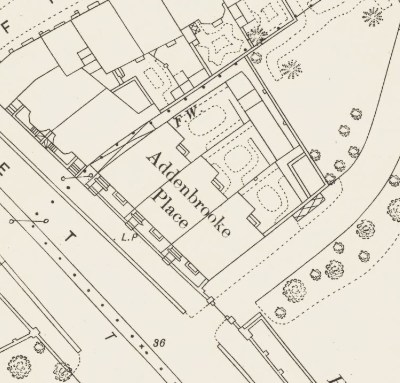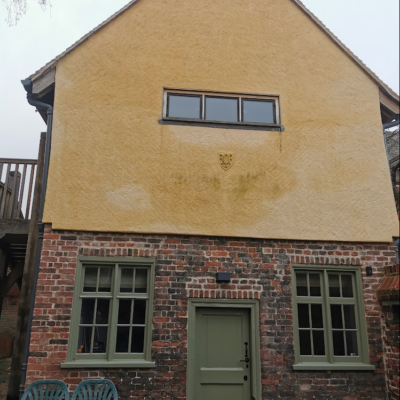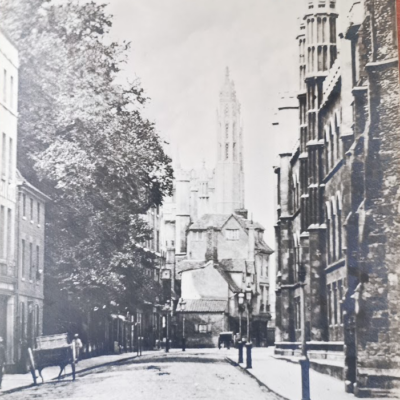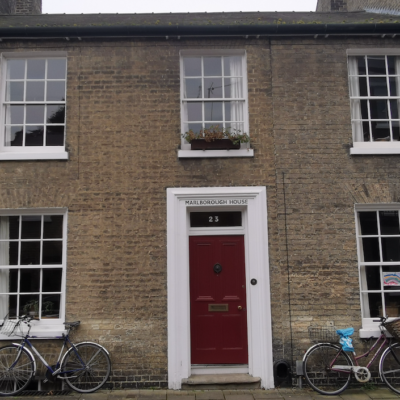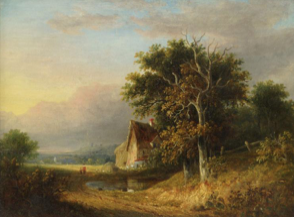Search by topic
- archaeology
- architecture
- bricklayer
- Building of Local Interest
- carpenter
- church
- crime
- dressmaker
- fire
- Great Eastern Railway
- listed building
- medieval
- oral history
- Public House
- Rattee & Kett
- Religious House
- Roman
- scholar
- school
- Then and Now
- tudor
- women
- work
- world war one
- world war two
Search by text
Royal Cambridge Hotel
History of the Royal Cambridge Hotel
This information has been taken from the web site of the Royal Cambridge Hotel. The hotel closed in 2020.
The Royal Cambridge Hotel had several uses before becoming a hotel in 1936, known as The Royal Hotel. The name changed to The Royal Cambridge Hotel in 1963 following the sale to the Reynolds family. See a timeline history of the building below:
1246: The site where the Royal Cambridge Hotel stands today was acquired by Robert Mortimer, after whom Mortimer Road is named.
1498: The land was given to Cambridge University’s fourth oldest college, Gonville and Caius College, by Lady Anne Scroope, the last representative of the Gonville family and a rich heiress who had already been married twice before finally marrying Lord Scroope of Bolton. She acquired the land alongside her husband as part of an inheritance gift; her name lives on in Scroope Terrace.
1804: The area was used for agriculture and later gravel extractions. Grave Pit Close, as it was then called, was enclosed.
1808: Gonville Cottage was built
1839: As Cambridge grew in size and the demand for quality housing increased the College built the first seven houses of Scroope Terrace.
1864: Gonville Cottage was pulled down and the final five houses on the south end of Scroope Terrace were added. It is these fine buildings, constructed of ‘Cambridge white’ bricks (made of locally produced white clay) that are now part of the Royal Cambridge Hotel.
The elegant town houses of Scroope Terrace were occupied by senior members of the University including, over time; Arthur Hutchinson OBE FRS, the Professors of Mineralogy and Master of Pembroke College, Cambridge, Charles Earle Raven, an English theologian who was Regius Professor of Divinity at Cambridge and Master of Christ’s College, and Sir Edward Victor Appleton GBE KCB FRS, who was an English physicist, The Jacksonian Professorship of Natural Philosophy and Nobel Prize winner.
1930: Numbers 11 and 12 Scroope Terrace had become a lodging house and these were acquired by Norman Webb Jones
1936: The lodging house was converted into The Royal Hotel which opened in a Royal year which saw three Kings on the throne, George V, Edward VIII and George VI. In the following year The Royal Hotel extended to occupy number 10 Scroope Terrace.
1963: Mr. N. W. Jones retired and The Royal Hotel was acquired by the Reynolds family who also owned the Garden House Hotel (now the Double Tree by Hilton). Under new management the hotel was extended and improved and a. new entrance constructed at the rear.
The hotel’s name changed-to the Royal Cambridge Hotel.
1974: The Royal-Cambridge Hotel was sold to Paten & Co
1992: The hotel survived a fire on the third floor
1996: Mr Mike Padley (owner of Paten & Co at the time) sold the business to Management Services International who later changed their name to Zoffany hotels.
Throughout the years that followed the hotel has been refurbished and improved by a succession of owners.
2000: It’s believed the addition of 6 rooms were added, including two apartments named after the Reynolds family (the previous owners); it’s said that around this time room 401 was used as a hairdressers. It’s also thought that our now Fitzroy and Trinity conference rooms were previously named `Budd’ and `Prior’ after two Cambridge doctors.
Contribute
Do you have any information about the people or places in this article? If so, then please let us know using the Contact page or by emailing capturingcambridge@
License
This work is licensed under CC BY-NC-SA 4.0








